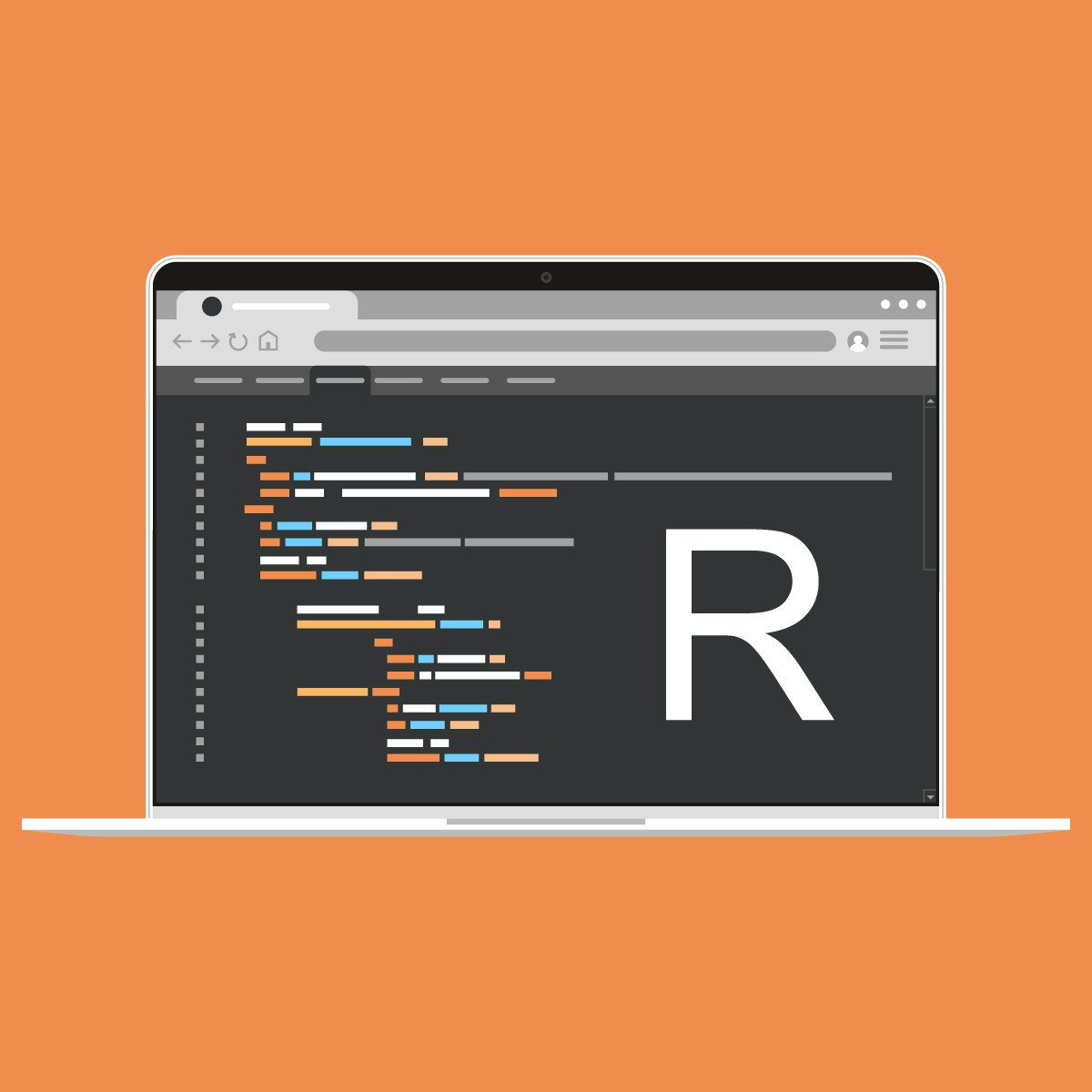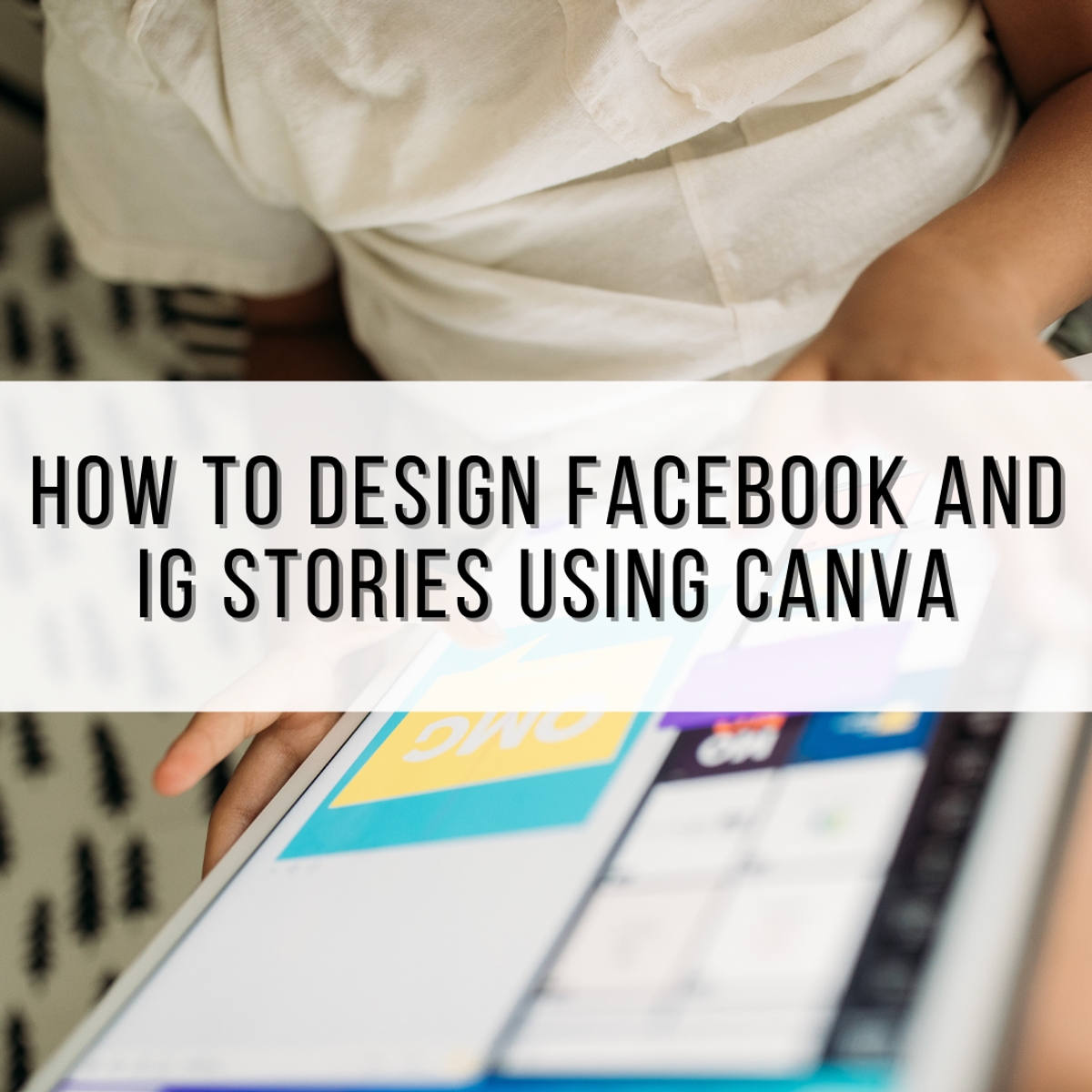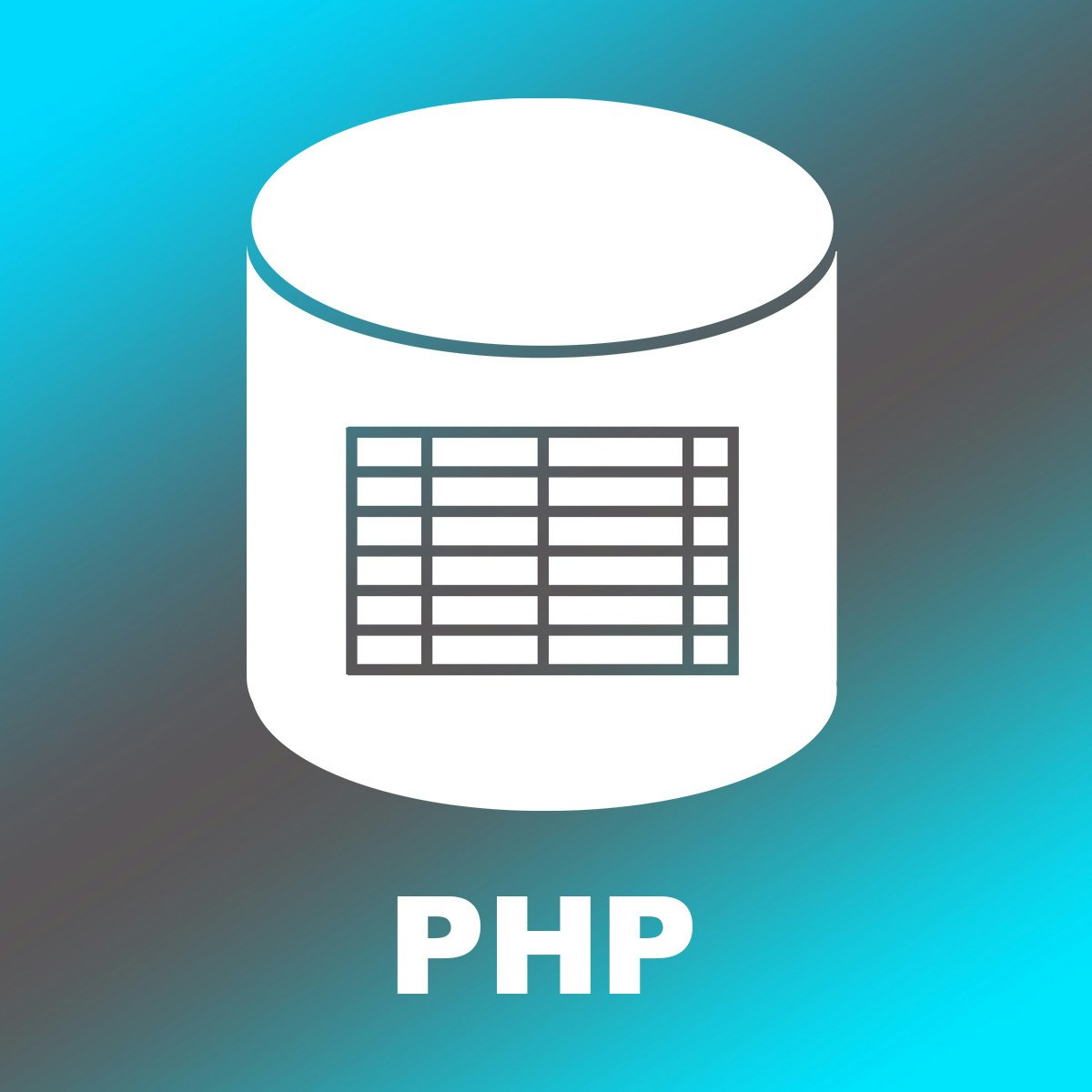Back to Courses









Computer Science Courses - Page 174
Showing results 1731-1740 of 2309

UX and Interface Design for Embedded Systems
This course can also be taken for academic credit as ECEA 5346, part of CU Boulder’s Master of Science in Electrical Engineering degree.
UX and Interface Design for Embedded Systems is the first of three classes in the Embedded Interface Design (EID) specialization, an online version of the on-campus EID class taught in graduate embedded systems design. This first course is focused on user experience (UX) and the related methods, practices, and principles that will help ensure your embedded interface designs for devices and systems are what your users both need and want. The class includes an introduction to UX, and then a four phase breakdown of a typical UX design process, including planning, user research, design methods, and testing for verification and validation. Much of the content provides generally applicable UX techniques, but particular focus is included for considerations in developing embedded devices. The class includes practical projects that let you try some of the key methods in a thorough interface design process.

Introduction to R Programming for Data Science
When working in the data science field you will definitely become acquainted with the R language and the role it plays in data analysis. This course introduces you to the basics of the R language such as data types, techniques for manipulation, and how to implement fundamental programming tasks.
You will begin the process of understanding common data structures, programming fundamentals and how to manipulate data all with the help of the R programming language.
The emphasis in this course is hands-on and practical learning . You will write a simple program using RStudio, manipulate data in a data frame or matrix, and complete a final project as a data analyst using Watson Studio and Jupyter notebooks to acquire and analyze data-driven insights.
No prior knowledge of R, or programming is required.

How to design Facebook and IG stories using Canva
In this project you will learn how to design stories for Facebook and Instagram using the Canvas platform. Canvas is a great option for those looking for a user-friendly and easy-to-use platform to create attractive designs for their own business or social media content. Canva has many elements that are free and it gives you a lot of freedom when designing. In addition to this, Canva has paid content that offers another endless number of elements and possibilities for the design but they are not mandatory or totally necessary, so the user has the freedom to choose how much content or elements they want to have at their disposal. Canva is an extremely useful tool for those who are just starting out and even becomes a very good tool for those who have spent years designing in more advanced programs. It is a fast option that does not need to be installed on your computer and as long as you have an Internet connection, it will be an accessible tool.

Introduction to Web Development with HTML, CSS, JavaScript
Want to take the first steps to become a Web Application Developer? This course will lead you through the languages and tools you will need to develop your own Web Apps.
Beginning with an explanation of how internet servers and clients work together to deliver applications to users, this course then takes you through the context for application development in the Cloud, introducing front-end, back-end, and full-stack development.
You’ll then focus on the languages you need for front-end development, working with HTML, CSS, and JavaScript.
Finally, you will discover tools that help you to store your projects and keep track of changes made to project files, such as Git and GitHub.

IoT Devices
The Internet of Things (IoT) stands to be the next revolution in computing. Billions of data-spouting devices connected to the Internet are already fundamentally changing the way we live and work. This course teaches a deep understanding of IoT technologies from the ground up. Students will learn IoT device programming (Arduino and Raspberry Pi), sensing and actuating technologies, IoT protocol stacks (Zigbee, 5G, NFC, MQTT, etc), networking backhaul design and security enforcement, data science for IoT, and cloud-based IoT platforms such as AWS IoT. As an optional honors avtivity, students will be guided through laboratory assignments designed to give them practical real-world experience, where they will deploy a distributed wifi monitoring service, a cloud-based IoT service platform serving tens of thousands of heartbeat sensors, and more. Students will emerge from the class with a cutting-edge education on this rapidly emerging technology segment, and with the confidence to carry out tasks they will commonly encounter in industrial settings. Important: To complete the practical part of the whole series (honors) there will be practical experimentation using actual hardware, which you will need to acquire. (Cost may vary between 100 and 200 USD depending on your location). Most parts that are needed for the first course, will be re-used in the following courses.

Everyday Excel, Part 1
"Everyday Excel, Part 1" is aimed at learners who are seeking to learn Excel from the ground up. No experience with Excel is necessary. While this course is meant for beginners of Excel, advanced users will undoubtedly pick up new skills and tools.
This course is the first part of a three-part series and Specialization that focuses on teaching introductory through very advanced techniques and tools in Excel. In this course (Part 1), you will: 1) learn how to effectively navigate around the Excel environment; 2) edit and format Excel worksheets; 3) implement basic to advanced Excel functions (including financial, logical, and text functions); 4) learn how to manage data sets (filter, remove duplicates, consolidate data, sort data, and validate data); and 5) learn how to effectively visualize data through scatterplots, column charts, and pie charts.
New to Excel? That is entirely fine! This course is meant to be fun, thought-provoking, and appeal to a wide audience. No prior knowledge in programming nor advanced math skills are necessary. The course is organized into 5 Weeks (modules).
To pass each module, you'll need to pass a mastery quiz and complete a problem solving assignment. This course is unique in that the weekly assignments are completed in-application (i.e., on your own computer in Excel), providing you with valuable hands-on training.
Reviews & Metrics for Software Improvements
This course covers techniques for monitoring your projects in order to align client needs, project plans, and software production. It focuses on metrics and reviews to track and improve project progress and software quality.

Information Visualization: Foundations
The main goal of this specialization is to provide the knowledge and practical skills necessary to develop a strong foundation on information visualization and to design and develop advanced applications for visual data analysis.
This course aims at introducing fundamental knowledge for information visualization. The main goal is to provide the students with the necessary “vocabulary” to describe visualizations in a way that helps them reason about what designs are appropriate for a given problem. This module also gives a broad overview of the field of visualization, introducing its goals, methods and applications.
A learner with some or no previous knowledge in Information Visualization will get a sense of what visualization is, what it is for and in how many different situations it can be applied; will practice to describe data in a way that is useful for visualization design; will familiarize with fundamental charts to talk about the concept of visual encoding and decoding.

Using MySQL Database with PHP
In this 1.5 hour project, you will combine your knowledge of HTML, object-oriented PHP, SQL, and MySQL to make a dynamic website that uses MySQL database on the web server. You will learn two different methods, one applies to 12 other SQL databases and one specific to MySQL. Basic HTML, object-oriented PHP, relational database, and SQL required as prerequisites. Completing my courses "Build an Automobile Listing Website with PHP" and "Learn Object-Oriented Programming with PHP" first is highly recommended.

Consume an API with React using Apollo and GraphQL
By the end of this project, you will consume an API using GraphQL along with Apollo. GraphQL is a more flexible replacement for REST API. Apollo is used to simplify state management.
